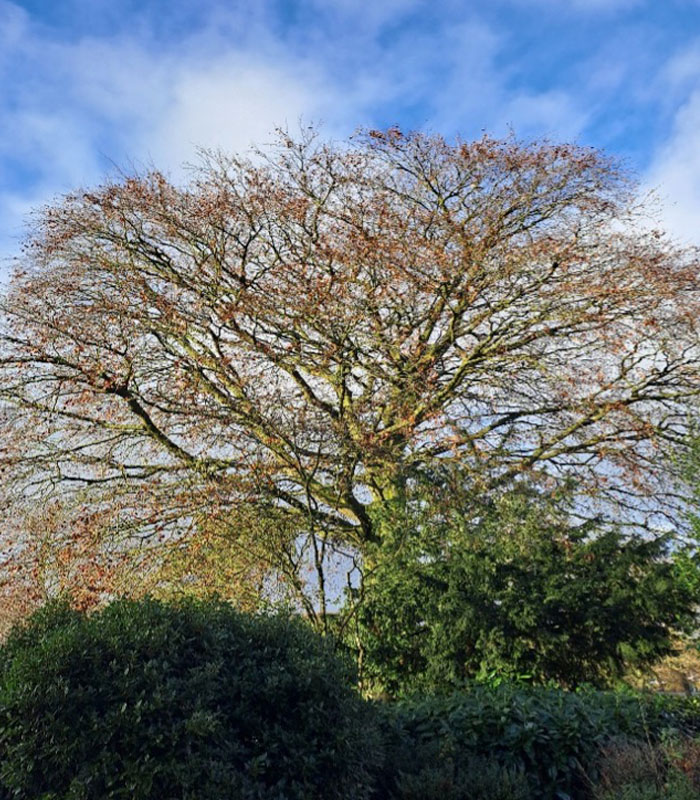
Botanical Name: Fagus sylvatica purpurea
Common Name: Copper Beech
A form of our native Beech grown for its dark red/purple leaf. The fruit or 'mast' that can often be seen covering the ground contains three triangular shaped nuts which provide food for a wide variety of wildlife including squirrels, badgers, dormice and various birds.
Fagus sylvatica 'Purpurea,' commonly known as Copper or Purple Beech, is a cultivar of the European beech tree (Fagus sylvatica). Here's a brief overview of its origins and history:
The history of Fagus sylvatica 'Purpurea' is intertwined with the cultivation of European beech varieties for ornamental purposes, and its striking appearance has contributed to its widespread use in gardens and parks.
20678